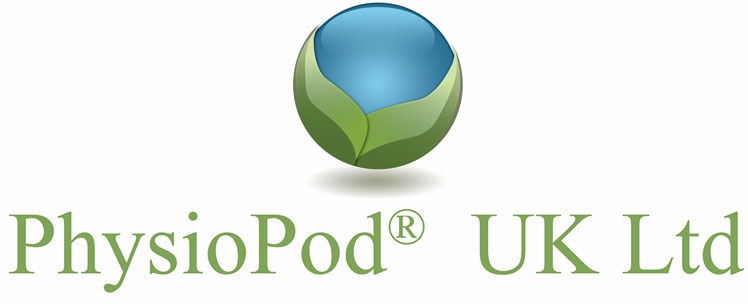Top tips for starting a no-equipment workout regime by George Bourne, Fitness Enthusiast
PhysioPod Foreword: Please consult a qualified healthcare professional or doctor before starting any new weight-bearing exercises, especially if you have pre-existing health conditions, injuries, or concerns. Your health and safety are important, and personalised medical advice should be obtained prior to making any significant changes to your exercise routine.

"You don’t need to have a gym membership, fancy workout equipment or regularly join expensive fitness classes to stay active and reach your body goals. Though images of incredibly toned influencers flocking to the gym can be hard to avoid on social media, all you truly need is a bit of floor space to get yourself moving.
A no-equipment workout regime is flexible and cost effective, and can be done anywhere from your living room to a local park. Whether you’re just beginning your fitness journey or are a seasoned pro, these tips will help you to start strong and stay consistent.
Have clear goals
Before you dive into a workout routine, it’s important to know what your goals are. Are you looking to lose weight, tone up, build muscle, or improve your flexibility or stamina? These goals will shape the structure and intensity of your training sessions, and also allow you to track your progress.
Another often overlooked part of setting goals is to work out why this matters to you. To stay consistent with any physical activity, you have to rely on more than motivation. On the days you really don’t want to exercise, your ‘why’ will inspire you to push through and stick to your plan.
Keep it simple
When you’re new to bodyweight exercises, it can be tempting to try complex moves and intense workouts – often in a subconscious attempt to compensate for not using weighted equipment. But consistency will beat complexity every time, and even with bodyweight exercises, it takes time to learn correct form and build strength, balance, and flexibility.
Start with a simple routine that incorporates foundational exercises such as push-ups, squats, lunges, planks, and jumping jacks or running. These cover your major muscle groups, and can be made more challenging as you become stronger. If you aren’t sure which exercises to do, take a look at online resources such as Youtube for an endless, and free, supply of no-equipment workouts you can follow along with at home.
Focus on perfecting your form
Again, bodyweight workouts can be deceptively challenging. Especially if you’re new to exercising, prioritising correct form is essential to avoid injury and maximise the benefits of your workout. Form refers to the way you should hold your body when you perform an exercise, and which muscles you should focus on engaging. For all exercises, it’s important to keep your core engaged, as this stabilises and supports your spine. When holding planks, remember to keep your spine neutral, and don’t let your knees extend past your toes when squatting.
If you’re exercising alone, you can use a mirror to check your form, or video yourself. Remember to be kind to yourself – progress isn’t always linear. Some days you may feel like you have completed your workout perfectly, while other days it may be a struggle. Celebrate just showing up – it’s the hardest part!
Don’t skimp on recovery
Finally, rest days are something you don’t want to skip. Overtraining leads to fatigue and injury, so be sure to increase the frequency and intensity of your workout slowly, and keep your sessions to 3-4 times per week. Be sure to include stretching or yoga to increase your flexibility and aid recovery, and stay active on rest days by enjoying walks. Stay hydrated, get enough sleep, and listen to your body for the ultimate success in your new fitness routine."

Author bio: George Bourne
As a fitness enthusiast, George shares tips and tricks to help make workouts accessible to everyone. He enjoys paddleboarding, bouldering, and running when he isn’t at the gym or working.

